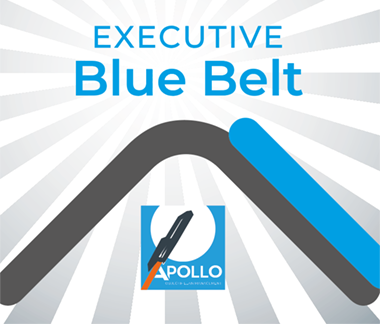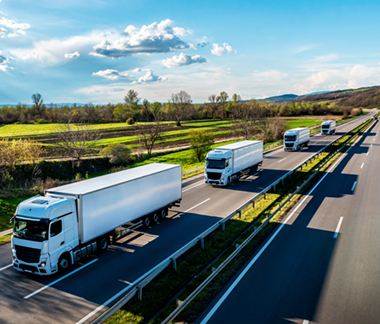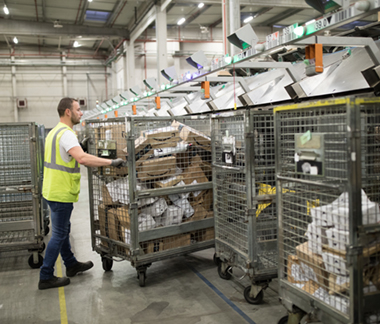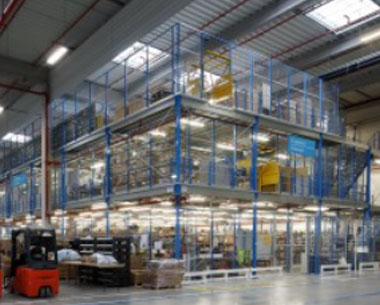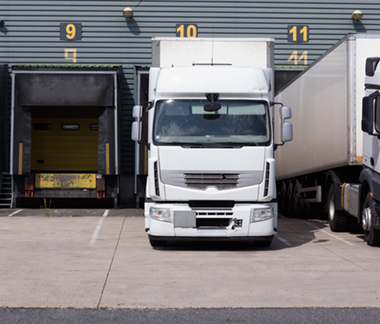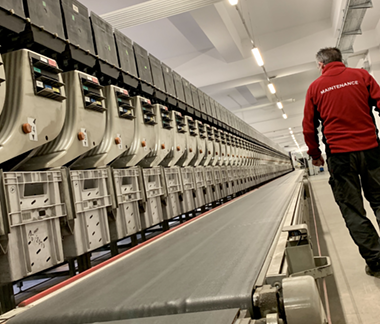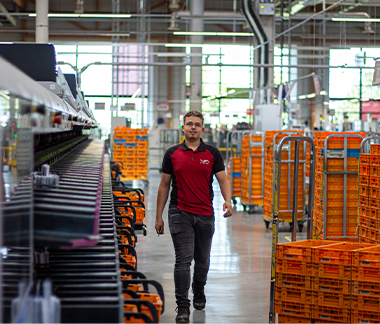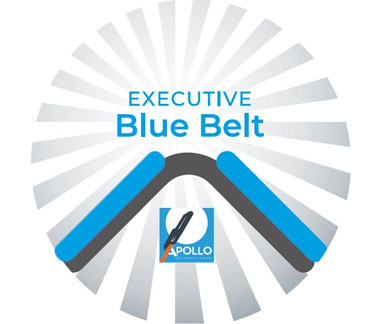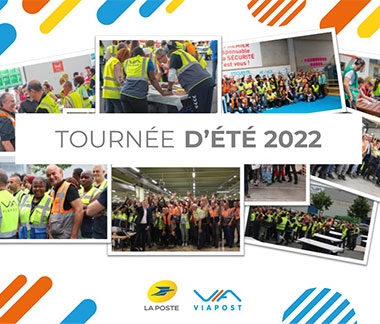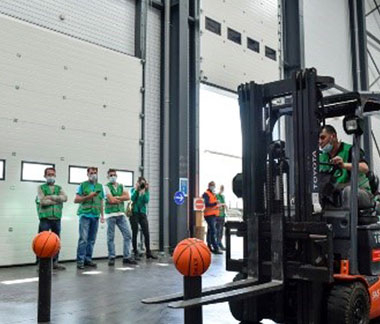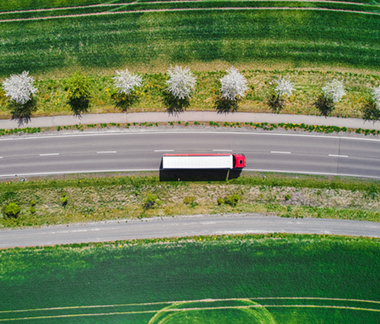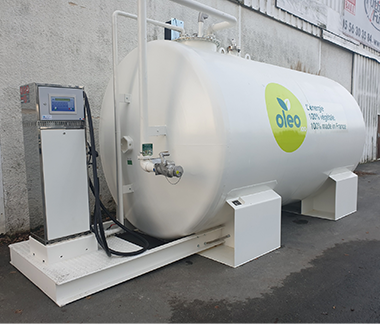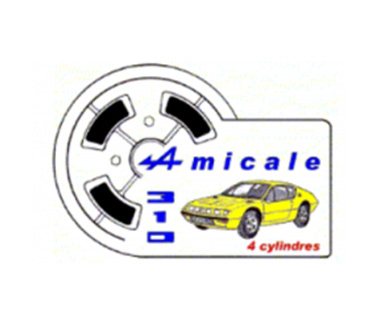Supply Chain news
at Viaposte !
Propulseo : Viaposte, a company committed...
Viaposte: a committed company, member...
Programme Apollo : état des lieux 2023...
Decarbonisation issues and policy at...
Viaposte University: tailor-made training...
Viaposte, your partner supply chain
At Viaposte, we offer combined solutions for logistics, industrial maintenance and road transport. We support you in all your supply chain needs, from sorting to order preparation, including equipment maintenance and the routing of your parcels and flows
-
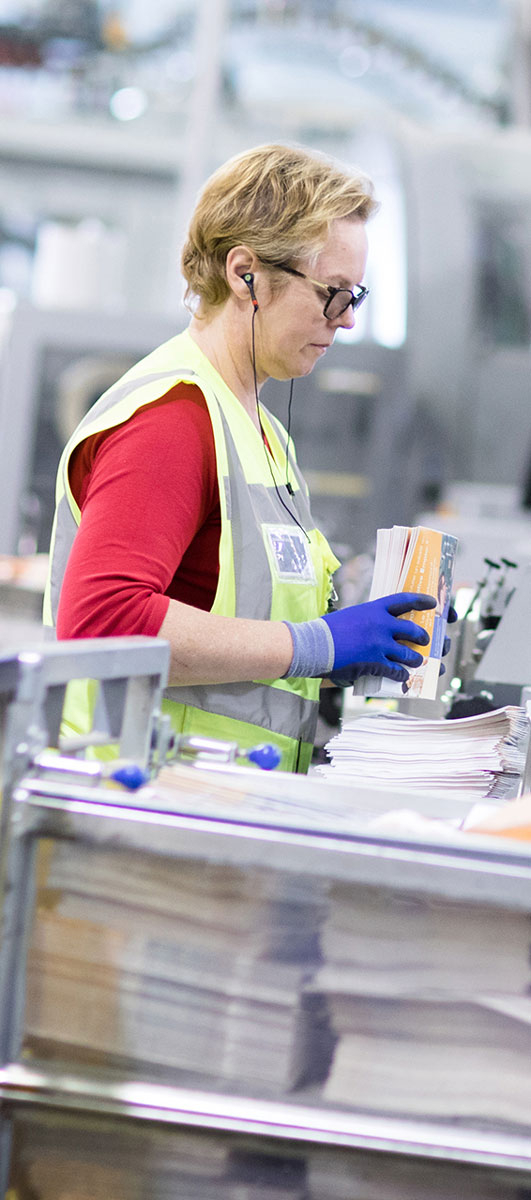
Logistics
See the activityAt one of our warehouses or at one of your logistics platforms, we take care of your sorting and preparation of your orders.
-
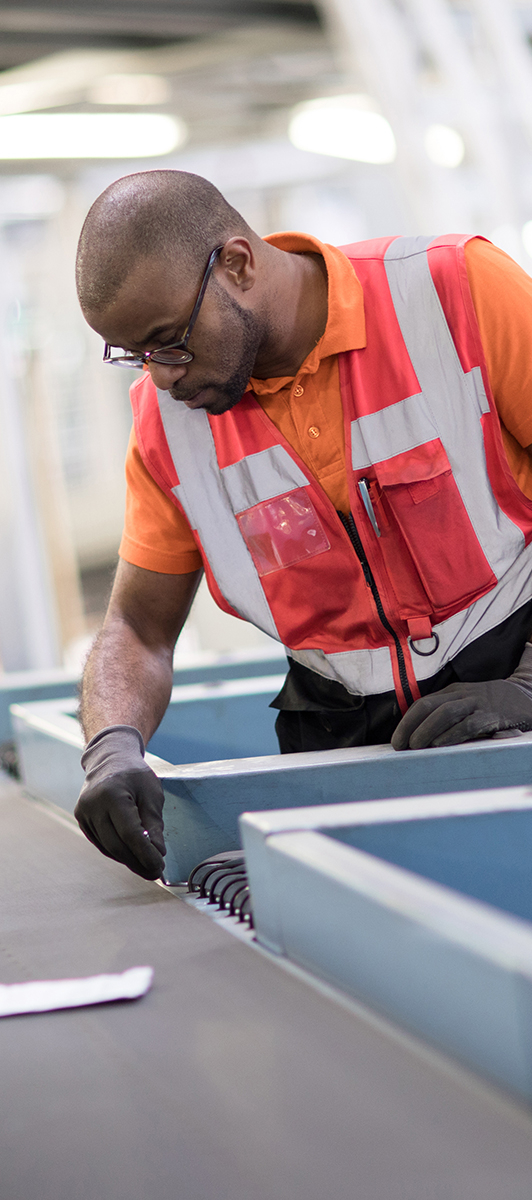
Industrial Maintenance
See the activityTo ensure the continuity and performance of your logistics activity, we maintain your logistics tools for sorting, conveying, order preparation and assembly.
-

Transport
See the activityWe negotiate and supervise the road transport of your goods for you, by developing our links with transporters committed to biofuel, biogas, electric and hydrogen energy.



